How to become an influencer in 2025
Want to become an influencer? In 2025, that’s a different prospect than back in the day. Learn how to become an influencer with our top tips.

Want to know how to become an influencer in 2025? We’ve got just the thing for you – keep reading for our 13 top tips.
We’ll cover:
- Establish your area of expertise
- Create your ‘brand’
- Know your audience
- Get business savvy
- Lay out a content strategy
- Post for your audience, not to them
- Give your online presence a glow-up
- Carefully select your channels
- Consider brand collabs
- Create a media kit
- Track your progress and alter your strategy
- Be open to new platforms and features
- Don’t fake it
But first, let’s take a whistle-stop tour of all things influencer-ish.
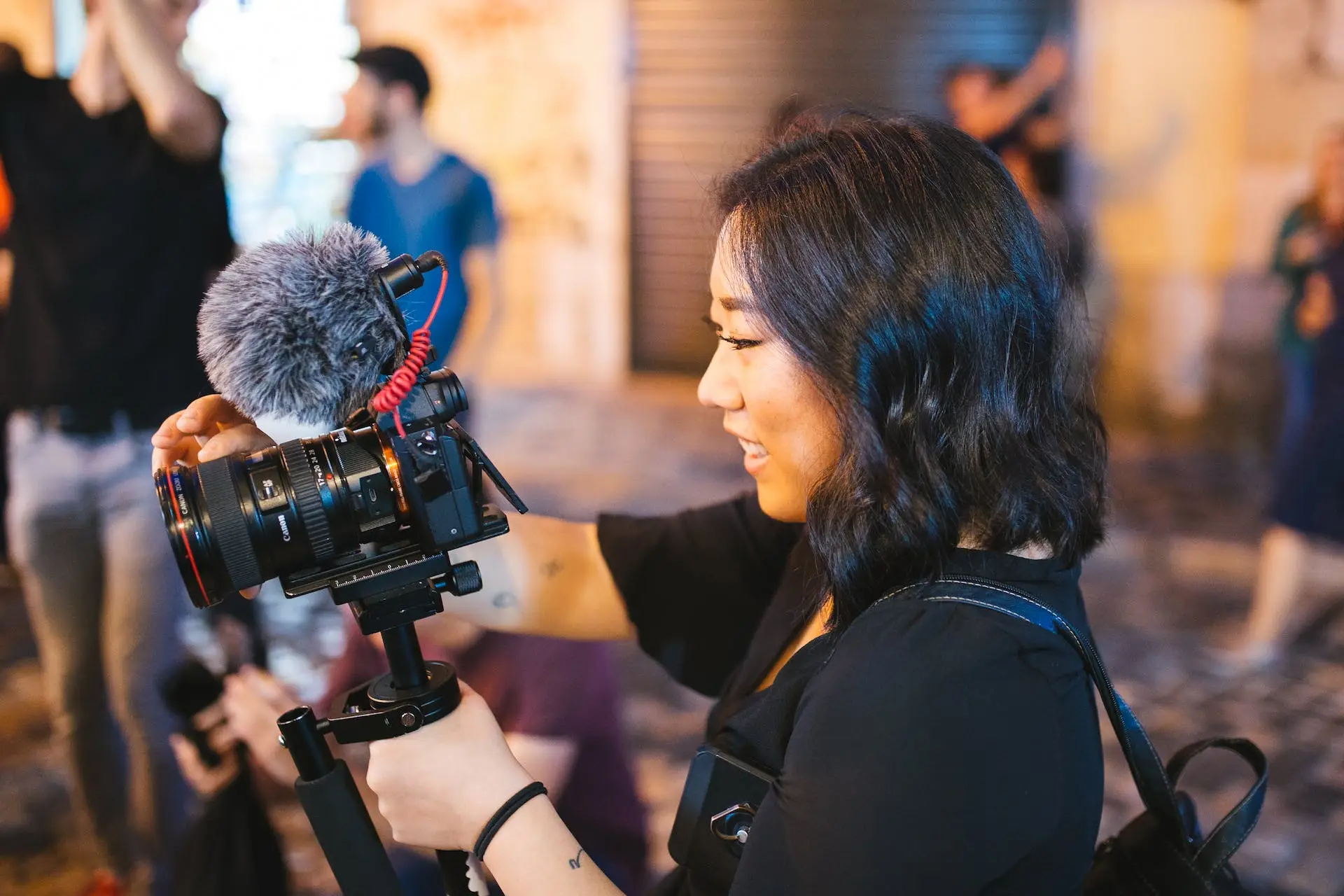
What is an influencer?
An influencer is someone who uses their social media platforms to inform people’s viewing, purchase, and lifestyle habits. The definition of an influencer has changed over the years, so let’s quickly break down what they are:
- Influencers can deliver all sorts of content: Maybe they’re experts in TikTok makeup hacks, DIY tips, or specialist topics like film lighting. It can be educational, it can be straight-laced, or it can be downright silly – there’s no hard and fast rules here.
- Influencers don’t have to be celebrities: Traditionally, you’d have thought an influencer to be a Kardashian, right? Someone whose name alone lends weight to a product or service. Macro-influencers are those with more than 500,000 followers, and tend to be well-known people; micro-influencers have anywhere between 10,000 and 50,000 followers; and nano-influencers have fewer than 10,000.
- Influencers are an important part of brands’ marketing strategy and budget: People like to dismiss influencers as ‘not a real job,’ but that’s just not the case in 2025. In fact, 1 in 4 brands worldwide spend between 10% and 20% of their marketing budget on influencers.

What’s the difference between a content creator and an influencer?
The term ‘content creator’ is often used interchangeably with ‘influencer,’ but they’re pretty different. It’s like comparing a glass of Coca-Cola and Pepsi: both look similar from a distance, but you can’t question which is which once you’ve taken a sip.
Content creators mainly use their talents to their advantage, whether that be through YouTube subscribers, TikTok followers, Patreon sign-ups, or something else.
On the other hand, influencers focus on driving traffic and conversions to their partners or preferred brands – that’s not to say they can’t promote their own stuff, though. Regardless of their differences, both content creators and influencers deal in the business of original, high-quality content.
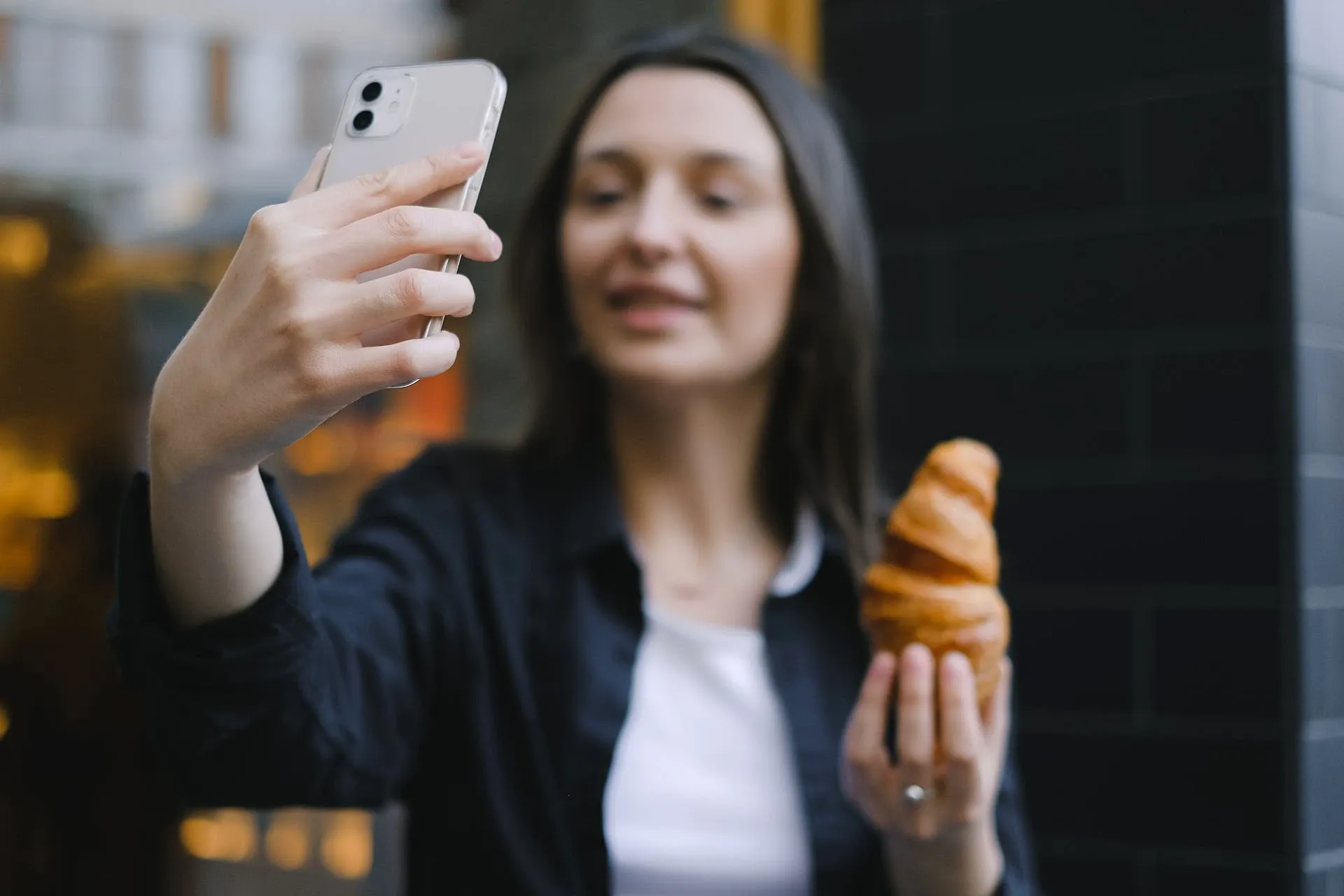
How do influencers make money?
Influencers make money through a bunch of different avenues. If you’re a nano- or micro-influencer, you’re likely to make passive income through affiliate links and ad revenue on platforms like YouTube. These are smaller, bite-sized ways to make money, but they add up.
If you find a suitable brand or are already an established influencer, you may get paid via a partnership. Think of sponsored posts, brand ambassador campaigns, and off-site advertising – they’re all packaged up in brand partnerships. These deals happen outside the walls of the social media platforms through which you work, so there’s no set amount for how much you can earn.
Need music for your content? Let us take care of it. Jump into Epidemic Sound’s catalog of more than 50,000 tracks and find the perfect match today.

Now that we’ve run through all that, it’s time to get into the meat of it. So. How to become an influencer on social media like TikTok, YouTube, and more in 2025. Let’s go!
1. Establish your area of expertise
Ever heard the phrase ‘Jack of all trades, master of none’? It’s worth remembering, even if you had it drilled into your head by a condescending schoolteacher. Take a look at your favorite influencers and see what they specialize in – they’ll usually have a home-turf topic on which they’d made their name.
You might not know him by name, but you’ve probably seen Francis Bourgeois pop up on your feed. The train guy, right? He loves trains. Can’t get enough of them. Studied mechanical engineering at university.
Francis’ light-hearted ‘train guy’ persona and wealth of knowledge has snagged him a trove of brand deals, partnerships, TV spots, and even an advisory role with TikTok for Business. He knows his stuff, lives it, and has been credited with revitalizing interest in the rail industry. That’s the kind of dedication you’ll need.
What’s your shtick? What makes you stand out? Don’t feel limited to just one interest or topic, but try coming at it from an outsider’s perspective. What would make you click on your content, and why should others do the same? If you’re tackling a broad topic that’s been covered a thousand times and offer nothing new to the conversation, you’re probably not going to get the traction you’d like.
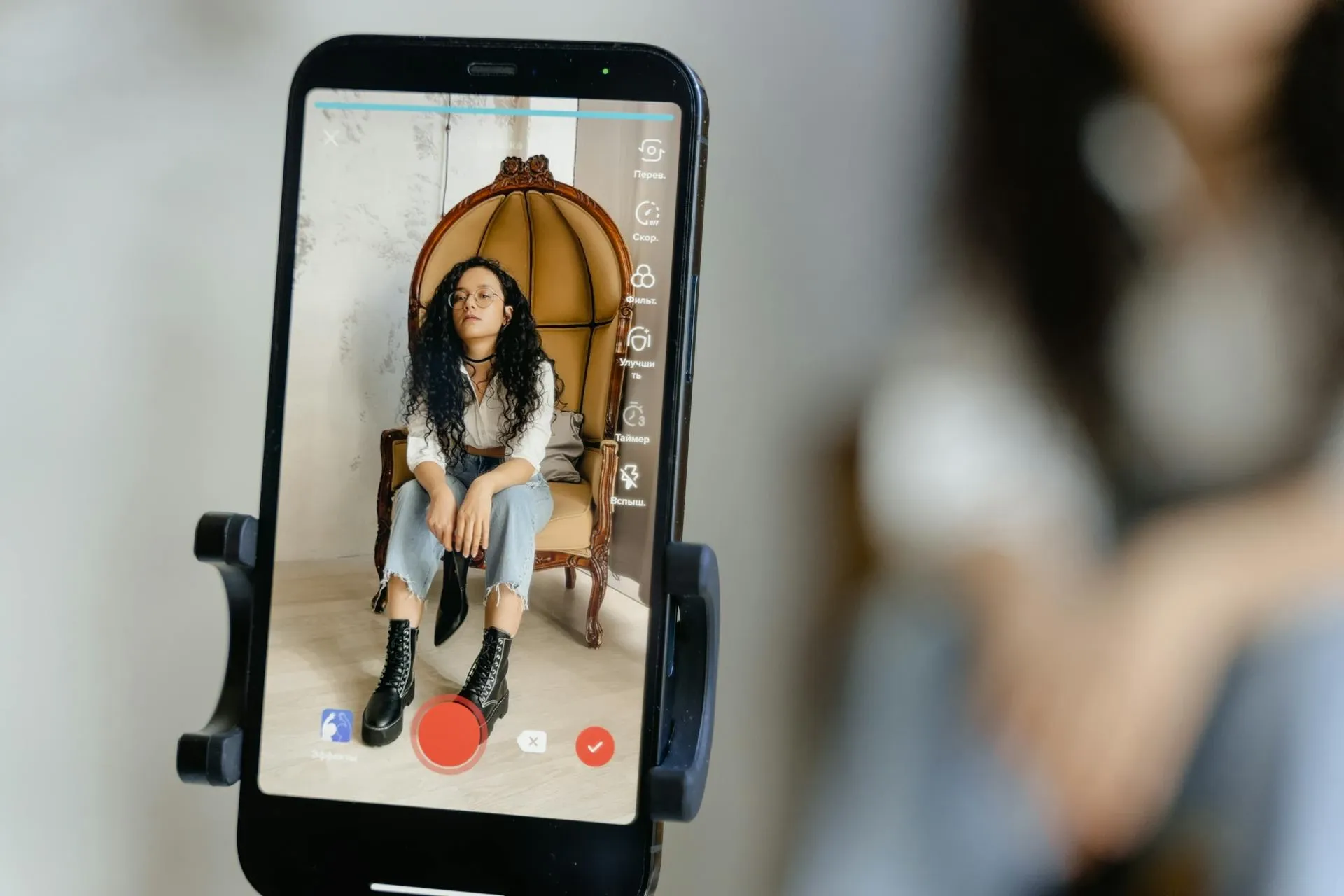
2. Create your ‘brand’
Francis is an obvious example here, because he’s carved his own niche: the train guy, like we said. He has a distinct voice, a ‘look’ – he uses that kooky, not-quite-right fisheye lens to shoot portions of his content. You know you’re watching one of his videos the second it appears on your feed.
So, what’s your ‘brand’? It can cover all manner of touchpoints: fonts, content format, your tone, music, sound effects, lower thirds – anything and everything. Influencers who take their work seriously will have this nailed; you’ll be able to identify their work as easily as you would a world-class movie director.
If you want a head-start on solidifying your brand, why not get the musical side done and dusted? After all, the soundtrack can make or break your content. Check out our catalog of more than 50,000 tracks and 200,000 unique sound effects, covering everything from heavy metal to polka, drift phonk to an impressive collection of farts. Whatever you need, we’ve got you covered.

3. Know your audience
So, you’ve identified your niche and figured out what your personal brand looks like. But what about your audience – who are they, and how do you plan to reel them in?
First of all, it’s healthy to accept that you won’t appeal to everyone. And that’s fine. Nobody does. To become a successful influencer, you’ll want to map out who you’re targeting and why. A good way to do this is by following influencers with audiences similar to the one you’d like to attract, then figuring out what makes them tick.
Most social media platforms, like TikTok and Instagram, have built-in analytics tools. Even if you’ve got a modest following, you can use these free resources to figure out how your audience behaves, what they enjoy, and of equal importance, what they don’t care for. With this essential knowledge in your pocket, you can make informed, well-planned decisions about everything from the subject of your content to what time of day you post it.

4. Get business savvy
If this sounds kind of corporate, it is: influencers are big business nowadays. If you’re planning to make this a full-time career, it should be approached with the same level of care, discipline, and seriousness as a ‘regular’ job.
Think of how you’ll create revenue as you build your following. Is YouTube monetization the way to go, or do you think you’ll rely more heavily on passive income, like affiliate links? And, if you keep grinding and get to the point where brands come calling, what prices are you willing (or able) to charge for your services?
These are all questions you’ll have to answer before embarking on your influencer journey, working out how to balance everything with your existing personal and professional responsibilities.

5. Lay out a content strategy
Now that you’ve put in the legwork with your research, it’s time to think strategically about your content. Presuming you’ve studied your audience, you’ll know how and when they like to receive content. So, how do you best deliver that to them?
Consider setting up a content calendar. This will help establish a routine covering the frequency and type of posts within a given week, month, quarter, or whichever period you plump for. If you're just starting out, we’d suggest keeping it weekly, planning three or four weeks in advance. This will give you the chance to build a stable content pipeline, allow for spontaneous posting, and give you a broader overview of the coming weeks without being too overwhelming.
Some influencers swear by the 5-3-2 principle. This arm of content strategy means that five of every ten posts will be curated content from a source directly relevant to your audience. Once that's done, you're left with another three and two posts free for other topics.
At the end of the day, your content strategy will depend on two main factors: you, and your audience. If there’s leeway to mix your ‘subject’ content with more personal ideas, go ahead. However, if your niche is more straight-laced and your audience only wants your opinions on products/services, it might be best to keep the personal AMAs away from the main feed.

6. Post for your audience, not to them
Naturally, you’re becoming an influencer because you want to influence. Ideally, you’ll make money doing so. While these might not be the most noble of intentions, you can still achieve them while making your audience feel loved. After all, they’re the ones who hold your career in their hands – if they don’t pick up what you’re putting down, it’s time to reassess.
With that in mind, it pays to keep audience engagement at the front of your noggin. People follow influencers because they like seeing all the cool products and lifestyle choices they flog, but they also build parasocial relationships. Meaning, they feel a genuine involvement in an influencer’s life, and the influencer addresses them directly, even though there’s no real-world connection.
So, engage with them. Don’t exploit them, but go out of your way to like comments, reply to them, ask questions, and start polls. Heck, why don’t you go the whole hog and DM some of your most-engaged followers, asking for their opinions or ideas? Maintaining an active online presence isn’t just polite – it strengthens your personal brand as a trusted, plugged-in influencer going forward.
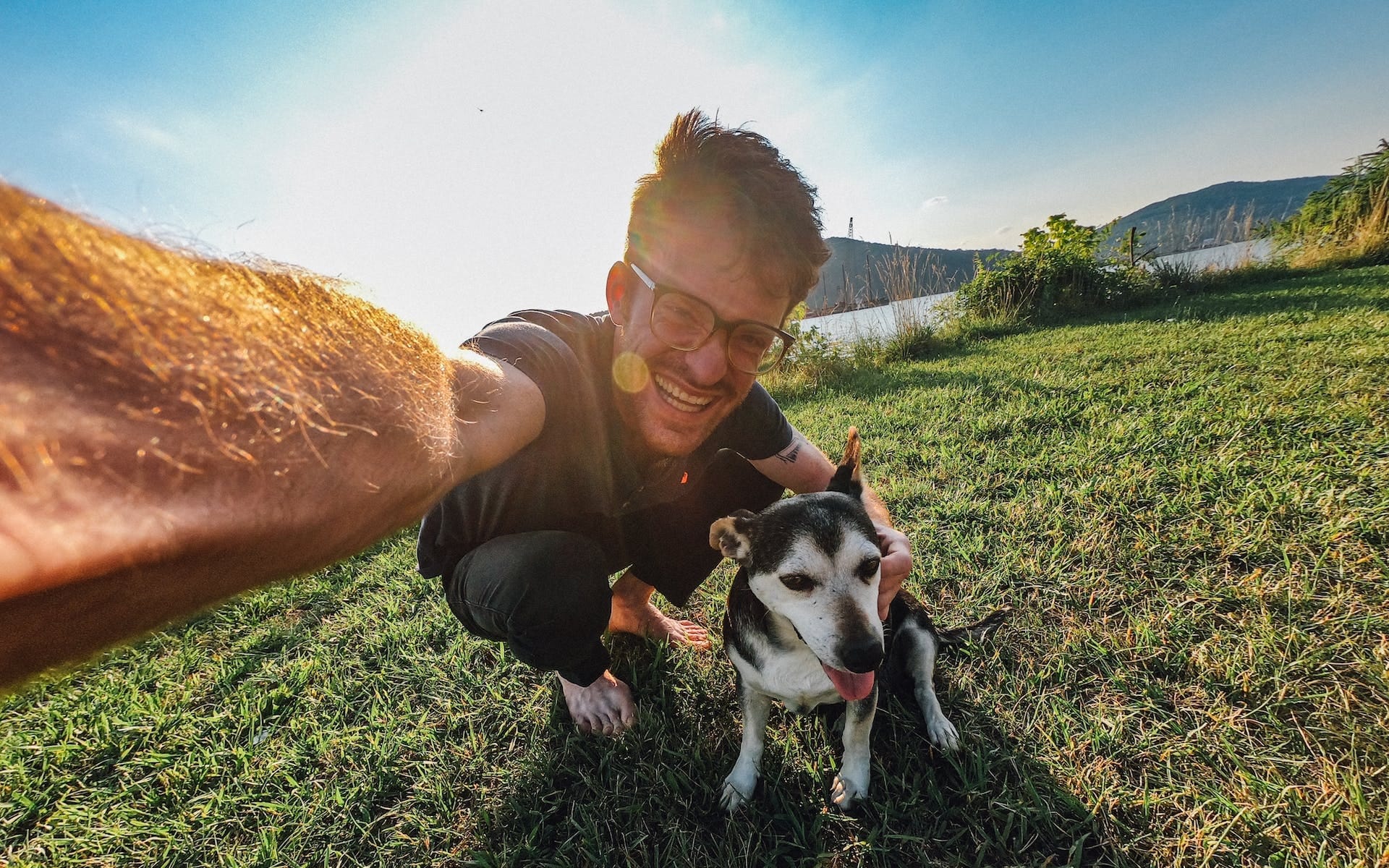
7. Give your online presence a glow-up
A ‘real’ influencer will have a unified online presence: the same handle across all social media, business or verified accounts on Meta and other platforms, and a consistent visual identity to tie it all up.
Take the time to clean up your online footprint. This means:
- Deleting old accounts that are no longer relevant and could interfere with your new venture
- Cleaning up any outdated profile pictures
- Updating your branding across all channels
- And a whole bunch more!
Once you have a united front across all of your social channels, you’ll look much more trustworthy – both to regular viewers and potential partners. A website can also help you here, giving you a more ‘official’ vibe and improving your SEO.

8. Carefully select your channels
This goes hand-in-hand with the previous tip. Some people just aren’t great at TikTok, or their content doesn’t quite translate to YouTube Shorts. These things happen, and given the breadth of social media nowadays, it’s OK to focus on one or two platforms. We’re not saying just get rid of everything you’re not 100% successful at, but if it makes sense for you and your audience, there’s no shame in posting less on certain platforms.
For example, how-to influencers tend to thrive on YouTube. This type of content has blown up on TikTok over the last couple of years, but not everyone feels that short-form is the right medium for these sorts of videos. If you fall into that camp, nobody’s making you compromise your content for TikTok. If you can’t make it work and it doesn’t feel right, there’s no use forcing it – you’re better off focusing on the channels that you enjoy and find more success with.

9. Consider brand collabs
Let brands know that you’re open to collabs – stick it in your bio, post about it, tag them. As you build your follower base and start outreach to brands you’d like to work with, you can try sending tailor-made pitches. Let them know what they’re missing out on!
It’s also worth networking with brands and other influencers in your space. This probably won’t lead to immediate results, but getting some face-to-face time with a desired brand can help you stand out from the crowd and ‘sell’ your personal brand IRL.

10. Create a media kit
Tying into the previous point, you’d may as well go the extra mile and create a media kit to send to potential partners. This is essentially your CV, showcasing your talents, stats, and offering. Approach it like you would a regular CV, including information like:
- Your headshot
- A short bio
- A list of your social media channels, with your follower count for each
- Engagement rates, and any stand-out stats
- Audience demographics
- Links to your website, store, etc
- Any notable projects you’ve worked on in the past, or experience in relevant fields
You can create media kits for free with software like Canva. Or, if you’d like to get a bit fancy, you could try your hand at mocking one up in Adobe Photoshop. As long as it looks pro and shows you in a positive light, you’re all good!

11. Track your progress and alter your strategy
Sometimes things don’t go to plan. It’s the way of the world, and it doesn’t mean you should give up on your mission to become an influencer – it might just require a change in strategy, or a rethink of how you deliver your content.
Use analytics tools, check what’s working and what isn’t, and go back to the drawing board if necessary. Plenty of popular channels didn’t get massive overnight, requiring years of hard work, fine-tuning, and risk-taking to reach where they are today.
12. Be open to new platforms and features
A few years ago, nobody knew what TikTok was. As time marched on, the same can be said for apps like Lemon8 and BeReal. Even the flock of Twitter-like platforms, which’ve sprung up since Elon Musk bought and renamed the little blue bird, couldn't have been predicted.
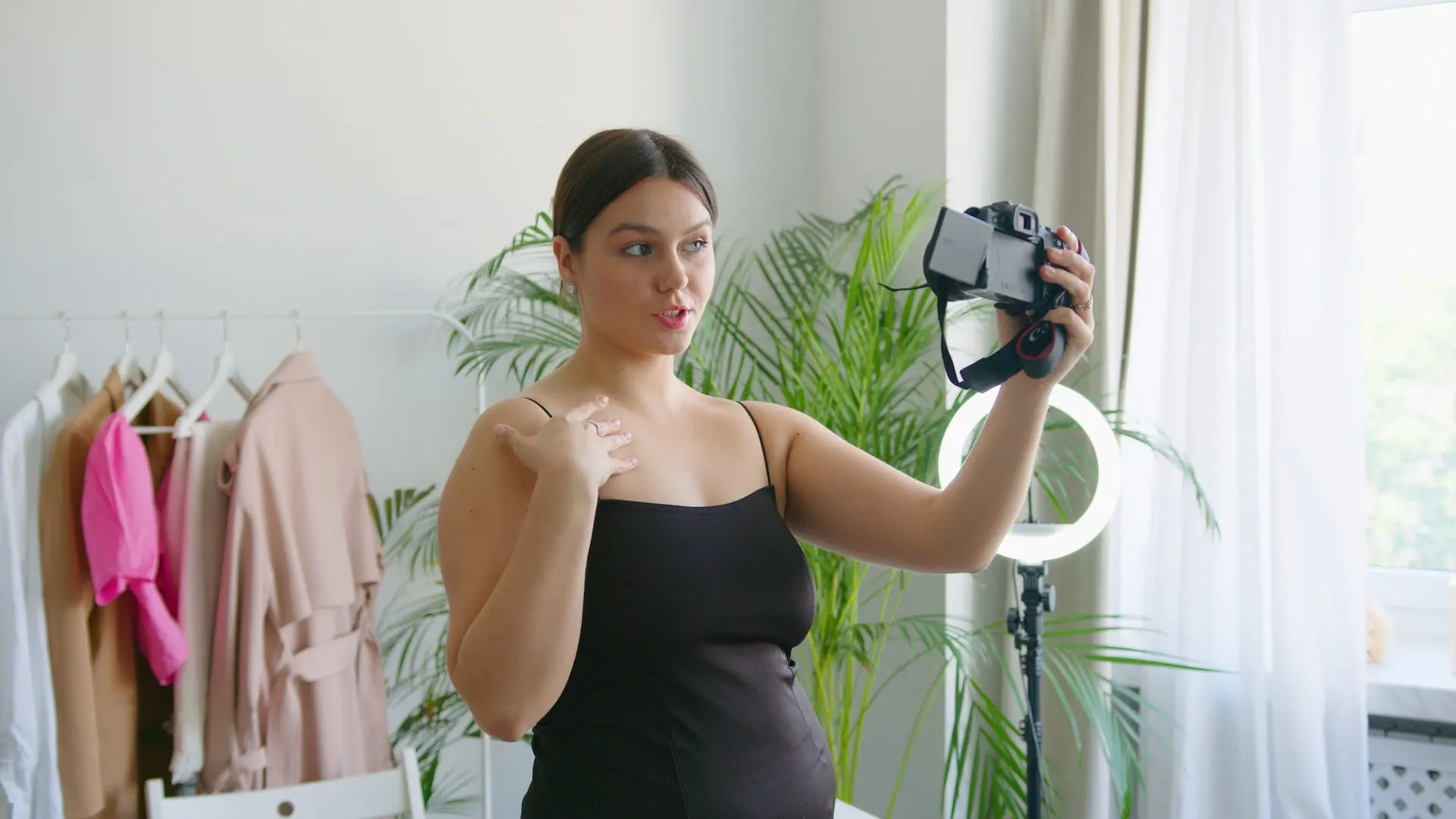
New platforms don’t always take off. There might be some initial buzz and you’ll get traction in the early stages, but once the hype dies down, it might not be worth pursuing further. But, like we heard about the monthly bingo night downtown, you’ve got to be in it to win it. Keep your eye on new social media platforms, give them a try, and see if you can leverage some of that shiny, box-fresh excitement to bring new viewers to your content.
13. Don’t fake it
If you’re not being real with yourself, your viewers will see right through it. And there’s no reason why you shouldn’t be yourself – chances are you’re great, right? You don’t need to pretend to be some big-name influencer with loads of clout already. In fact, 72% of TikTok users find ‘normal creators’ more interesting than celebrities.
More often than not, it’s the honest influencers – the ones who wear their interests like badges of honor – who come out on top. Because they’re different. Because they’re genuine. Because when people watch them, they don’t feel like they're being spoon-fed. It feels real.

Find music for your content today
Now that you’ve learned the definition of an influencer, how they make money, and some top tips to start your journey, it’s time to make the leap. Keep your audience in mind and get creative!
If you need some music for your content, you can stop looking. Epidemic Sound’s got you covered. Our catalog has everything from trap to K-pop, post-rock to acid jazz – whatever you’re thinking of, you’ll find it here.
Our catalog is high-quality, affordable, and safe. An Epidemic Sound subscription goes beyond royalty-free music, removing the headache of licensing and freeing you up to do what you do best. You can enjoy the safety of our license hand-in-hand with our massive catalog, covering just about every genre you can think of. You’ll also gain unlimited access to our advanced search functions — finding the right sound’s never been easier.
It’s better than royalty-free. It’s worry-free. Get started with Epidemic Sound below.

Related posts:

